Train stations and railway platform jam-packed with migrants, clashes at the Hungary-Serbia border and terrorist attacks all across Europe. Although these events occurred a decade ago, the repercussions of the 2015 migration crisis and the European Union's misguided response to it are still vivid in people's memory. Western member states, with Angela Merkel's Germany at the forefront, decided to open the borders, sending an invitation to millions of African and Middle Eastern migrants seeking to reach Europe. Eight years later, it appears as if nothing has changed: the new migration pact, recently approved by a majority of EU interior ministers, imposes a mandatory - albeit voluntary in name - migrant quota and levies a fine on member states that refuse to take in asylum seekers, imposing a €22,000-penalty (around HUF 8 million) per migrant.
Brussels is abusing its power. They want to transfer migrants into Hungary, forcibly. This is unacceptable! They want to turn Hungary into an immigrant country by force,
Hungarian Prime Minister Viktor Orban said. And the danger of this is real, given the huge migratory pressure that has been exerted on Europe in recent times, with levels that are almost comparable to that witnessed in 2015.
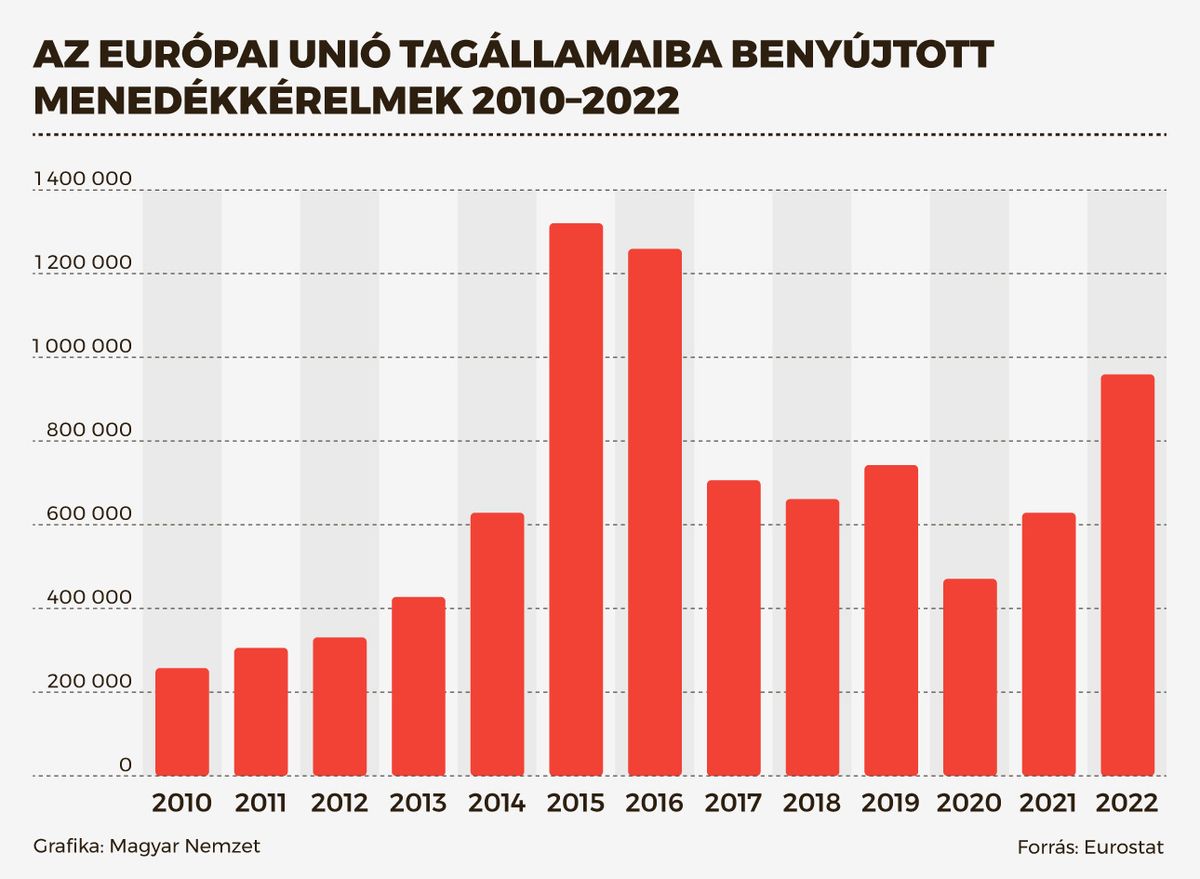
In our article, we compiled the most memorable and tragic events of the 2015 migration crisis, without attempting to provide a full picture.
Railway station packed with migrants
In August 2015, Budapest's busiest hubs, including the capital's Eastern Railway Station, was flooded by thousands of migrants.
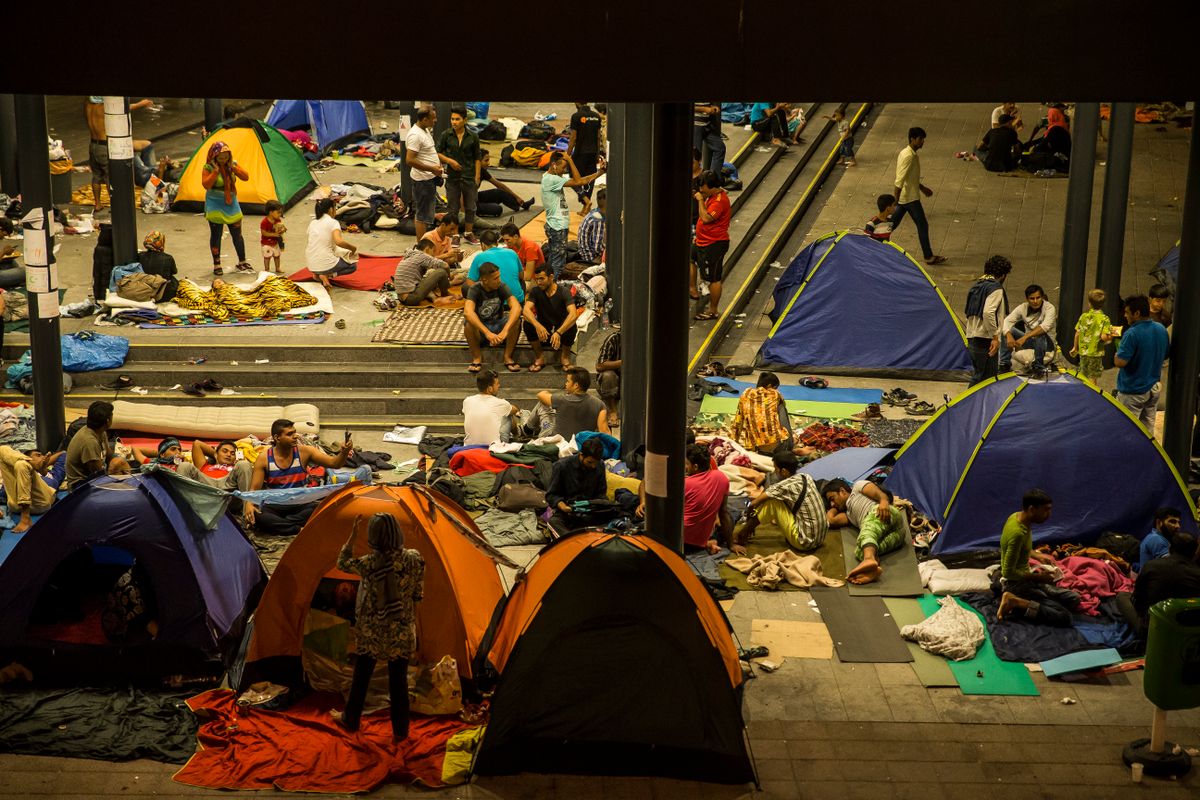
The migrants set up tents in the nearby underpass, making it almost impossible for passers-by to move, paralyzing the daily life of Budapest residents.
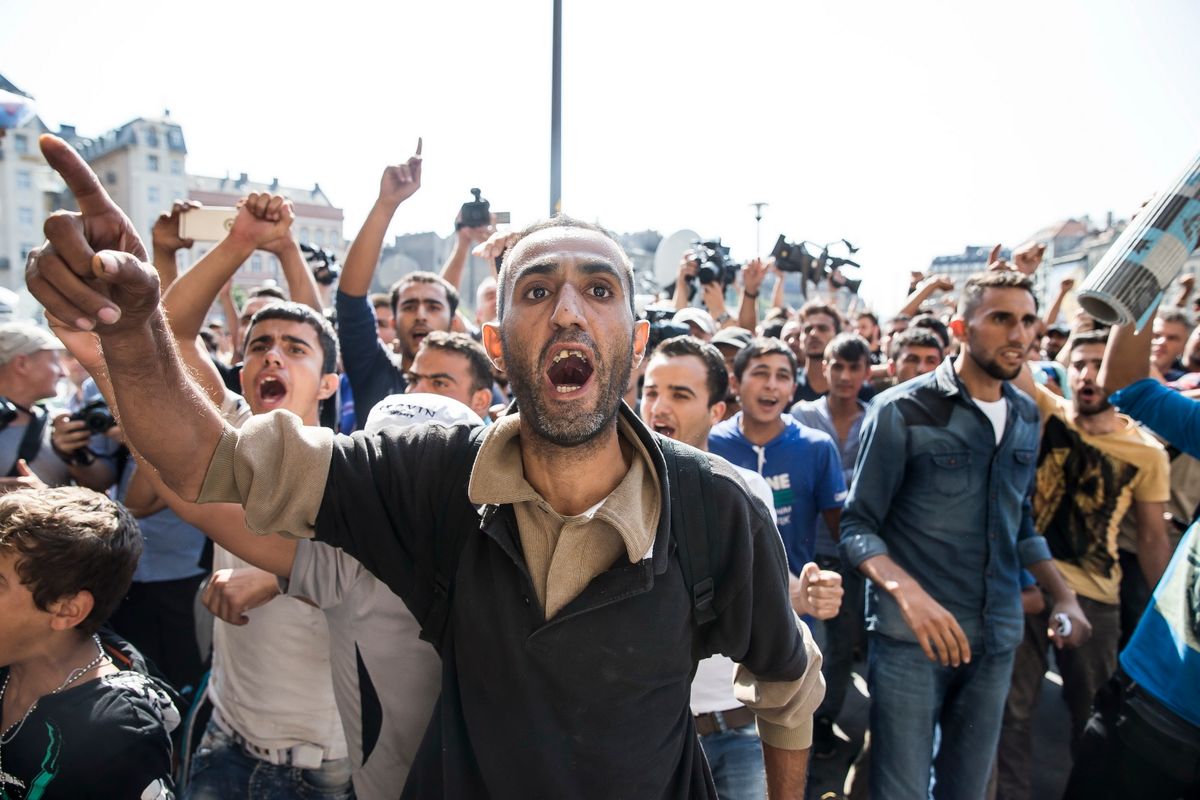
The chaotic situation was finally brought to an end in September 2015, when a fence was erected on the Hungary-Serbia border
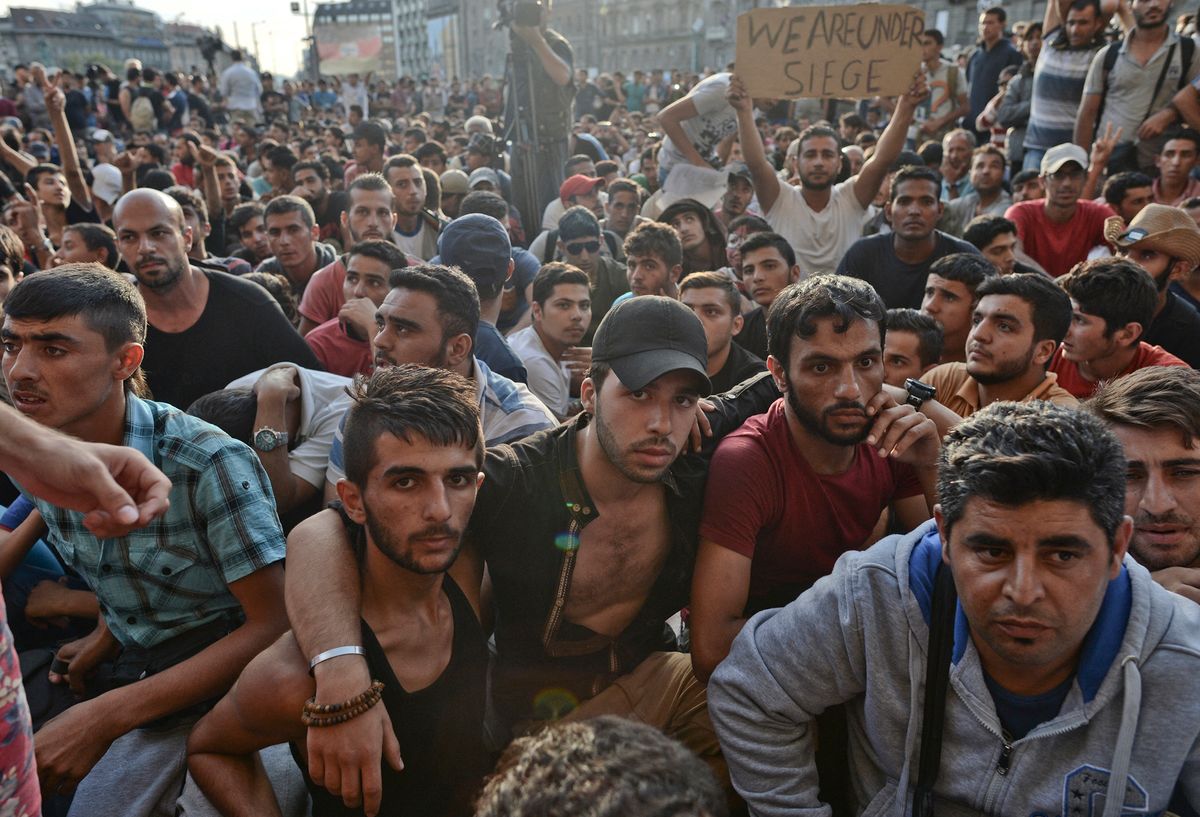
Clashes at the Hungary-Serbia border
However, tensions haven't subsided at the Röszke-Horgos crossing point along the Hungary-Serbia border.
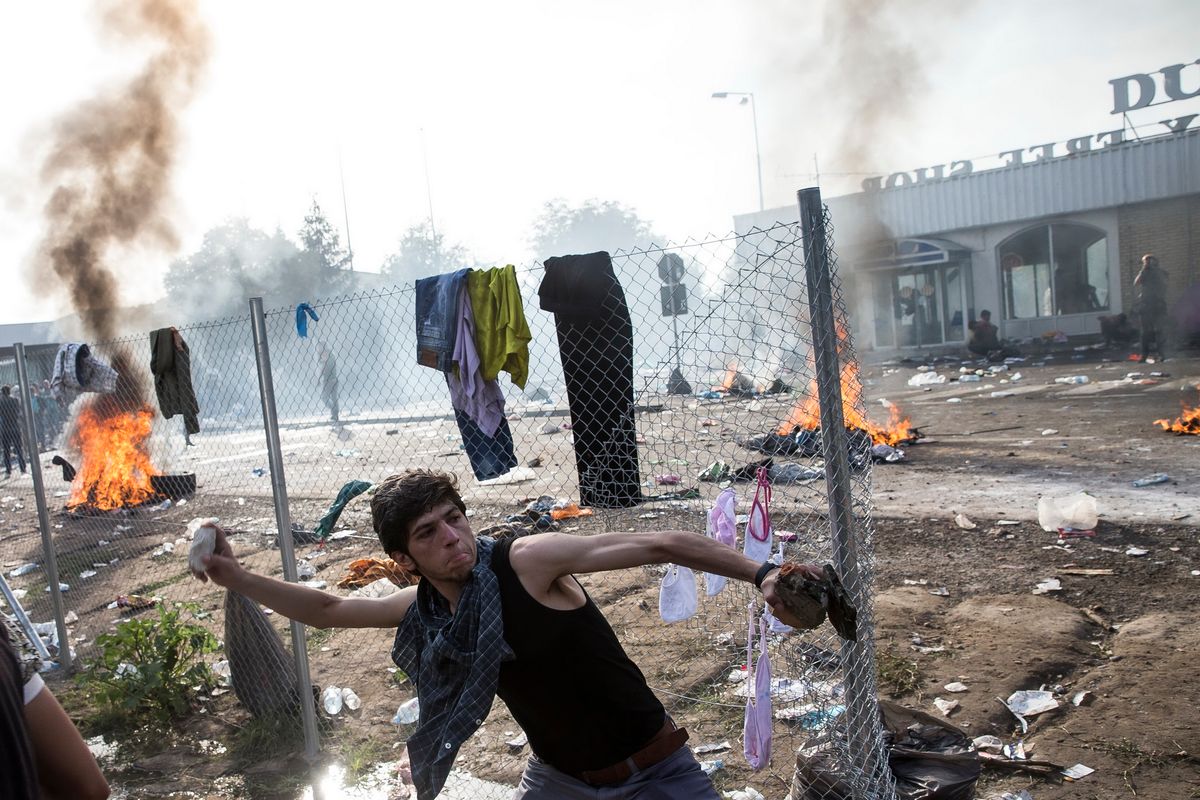
In mid-September 2015, migrants trying to enter Hungary launched an attack against the police officers protecting the border, hurling sticks and stones and pieces of concrete and water bottles brought to the scene by aid agencies.
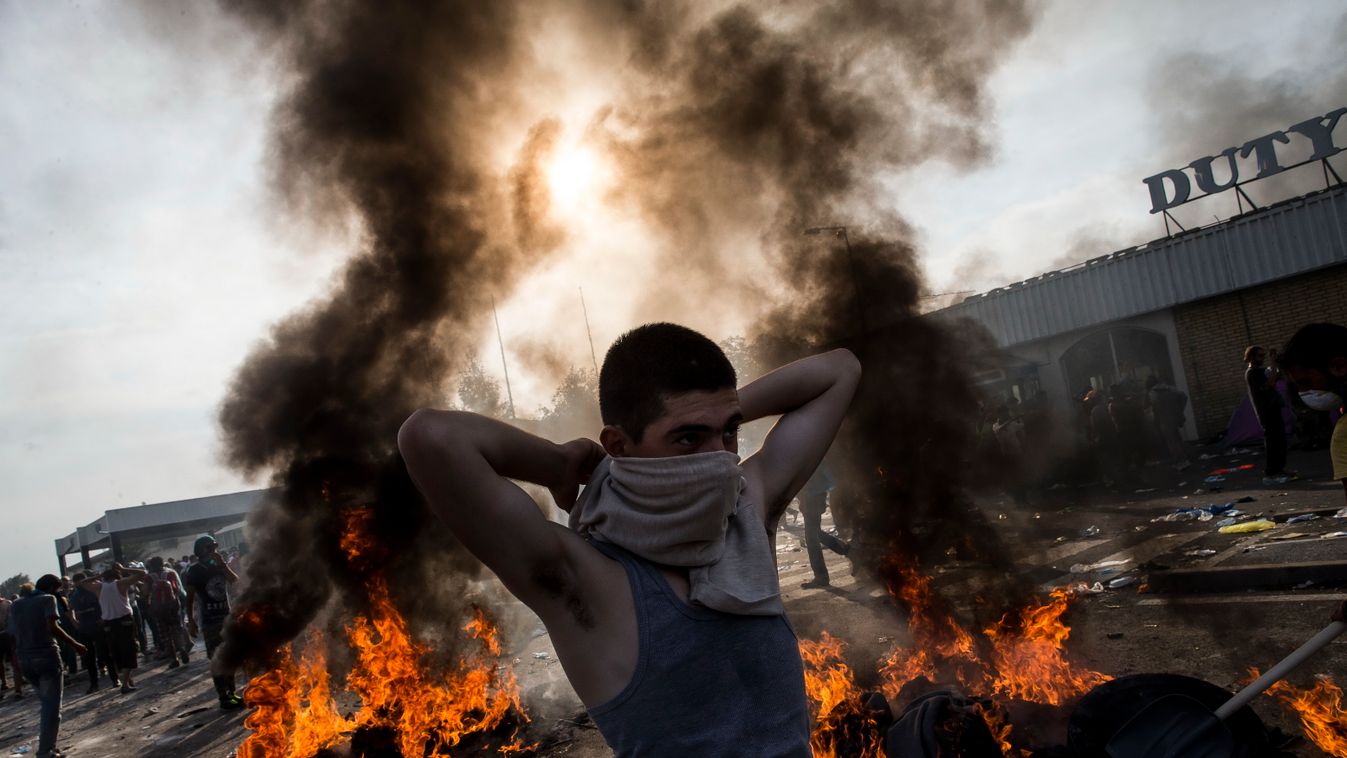
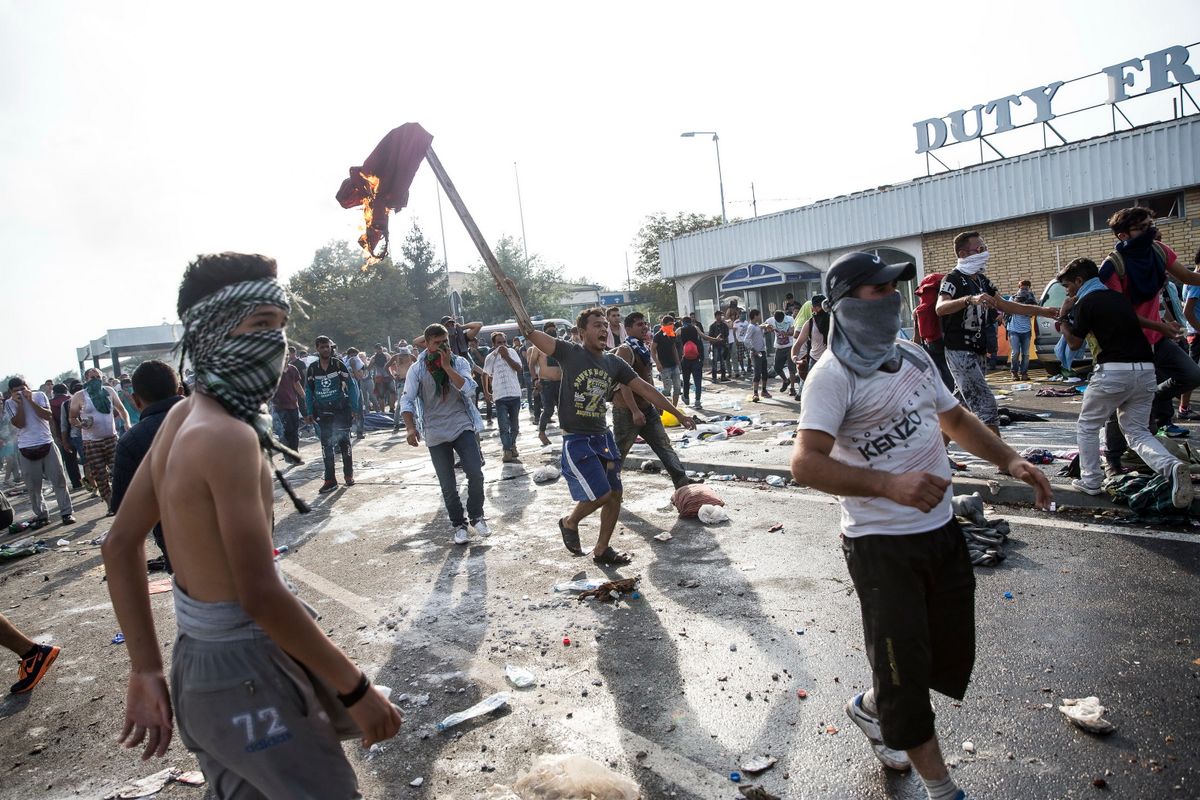
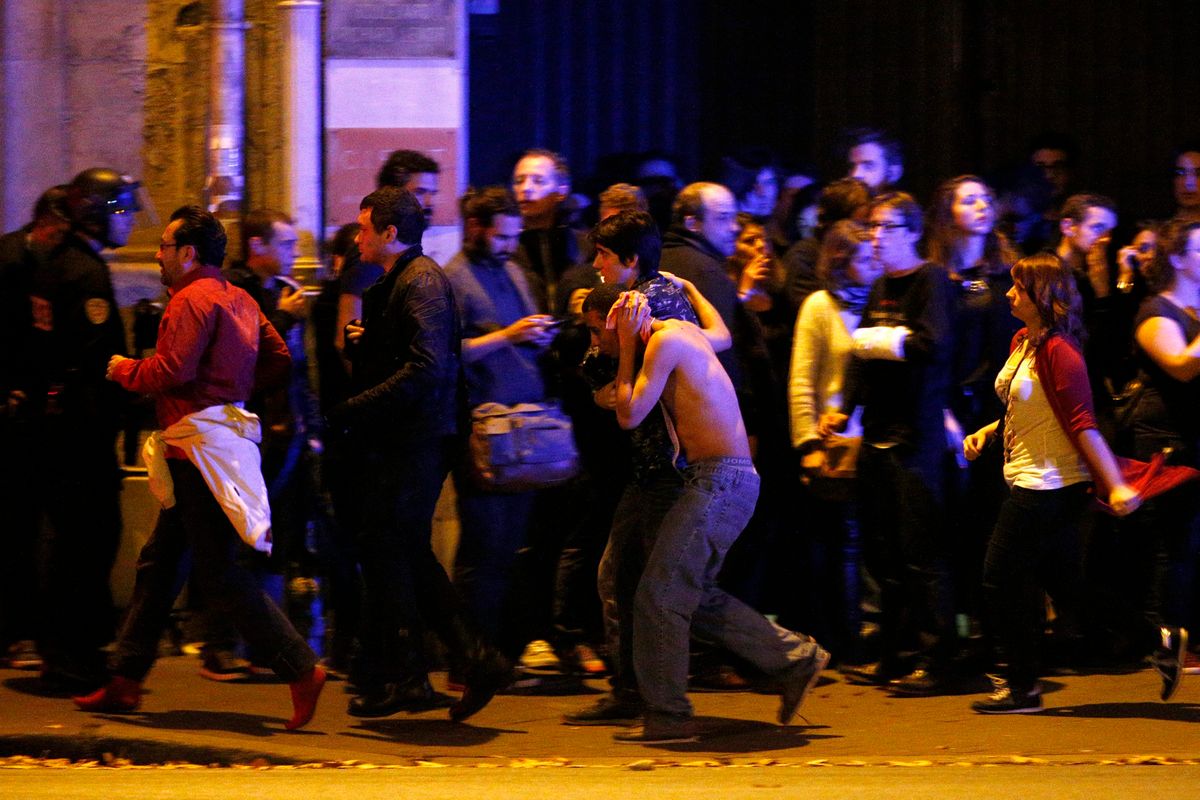
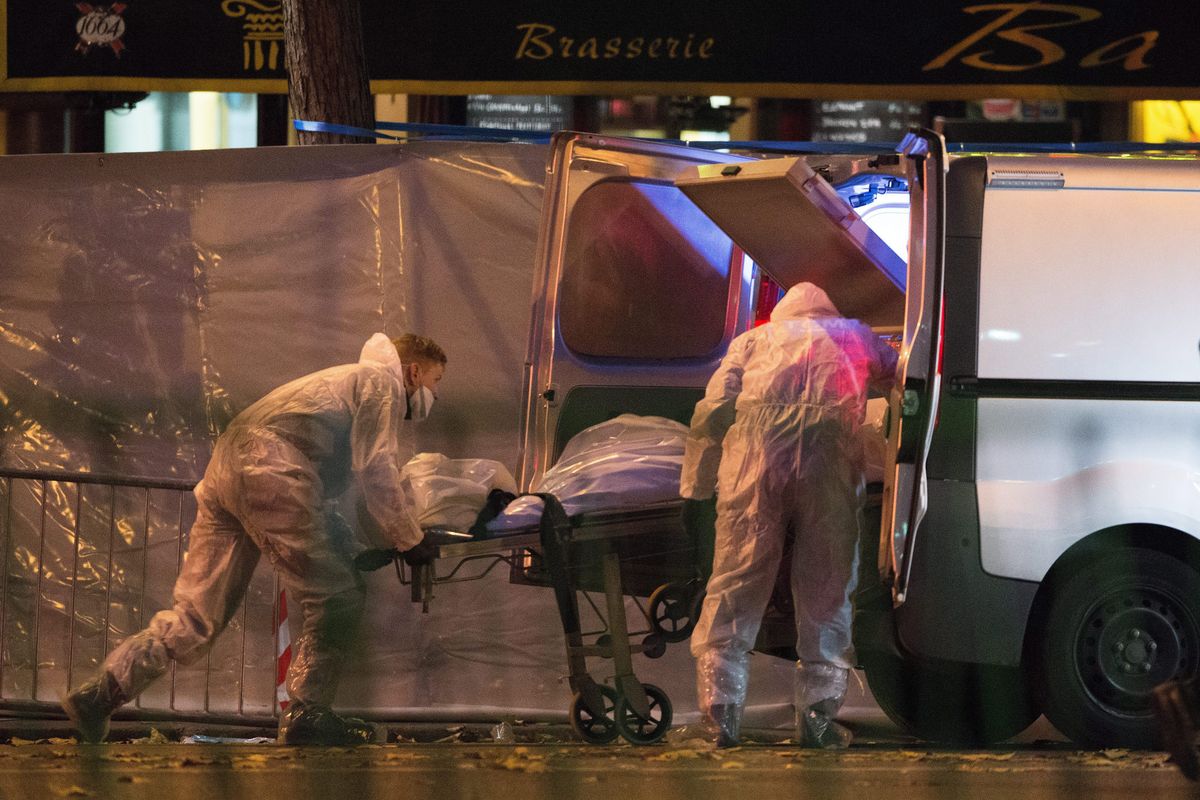
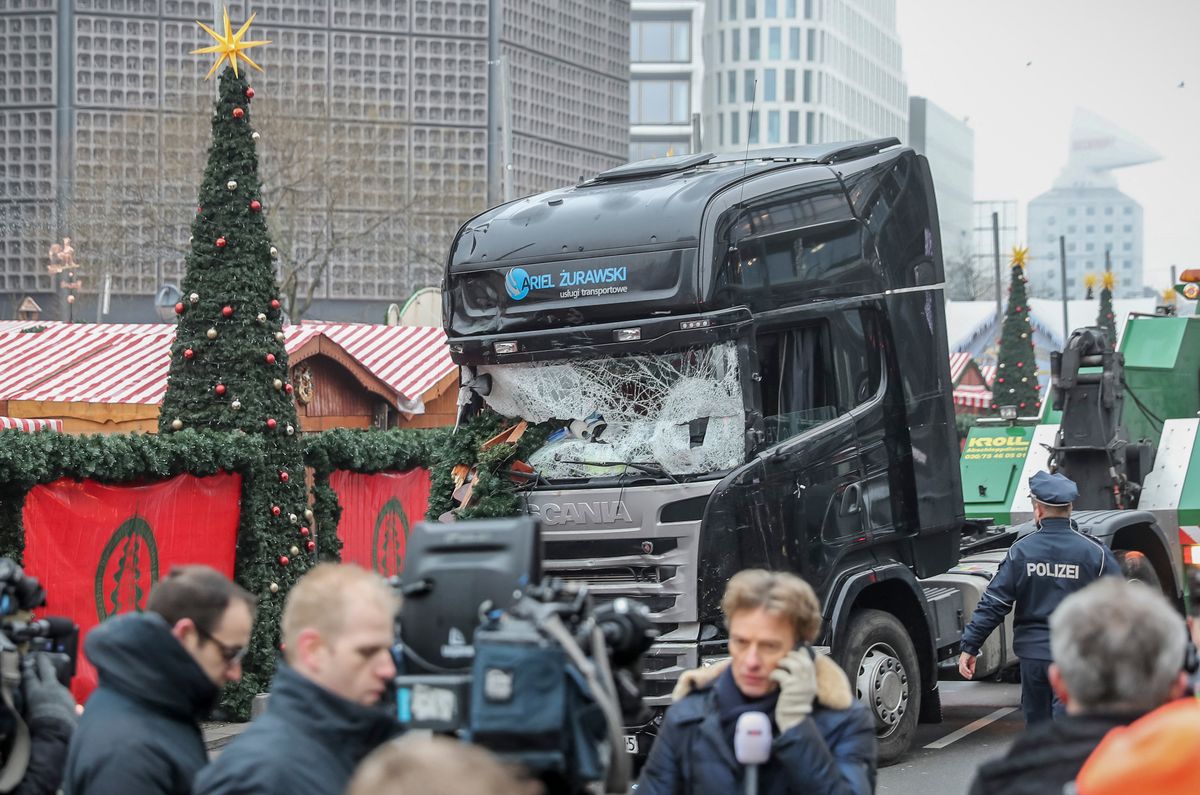

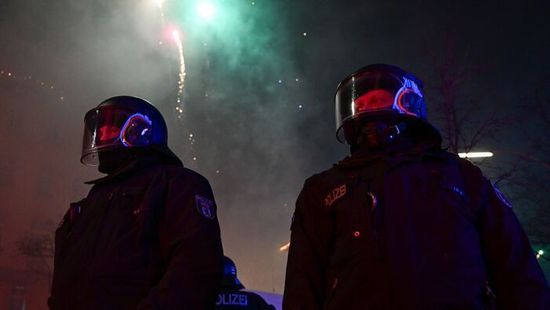
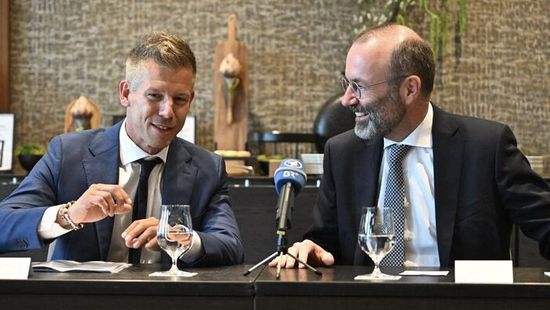

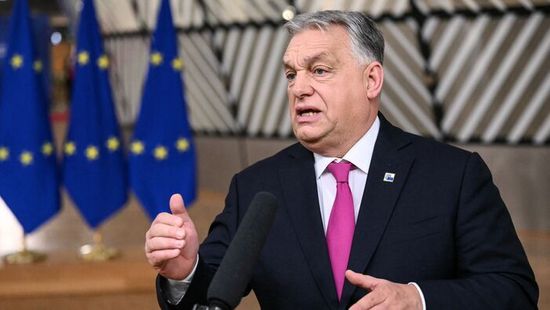

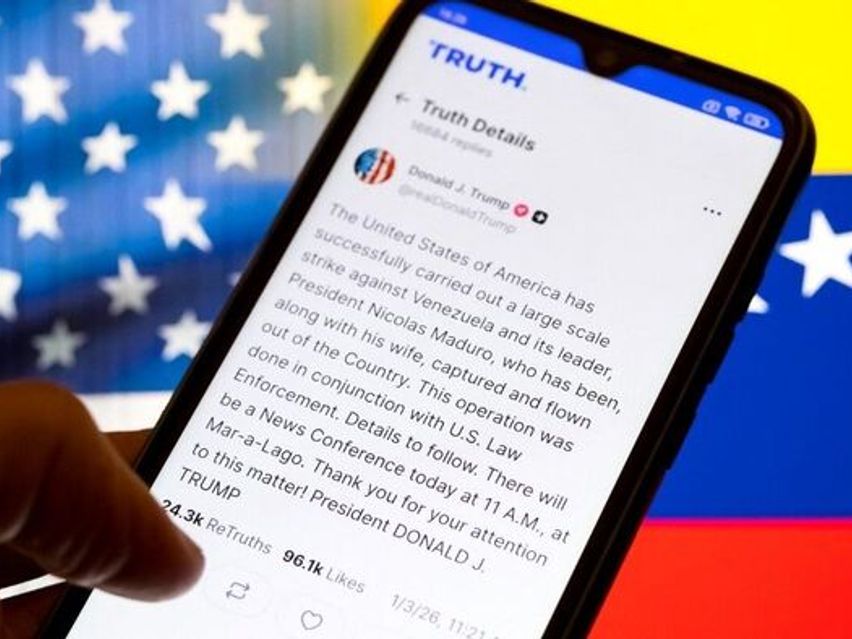
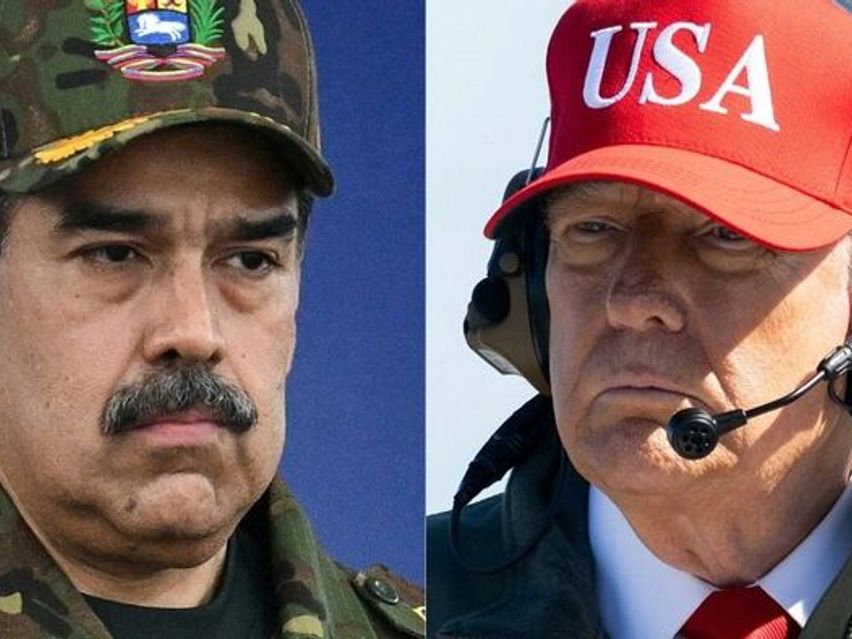
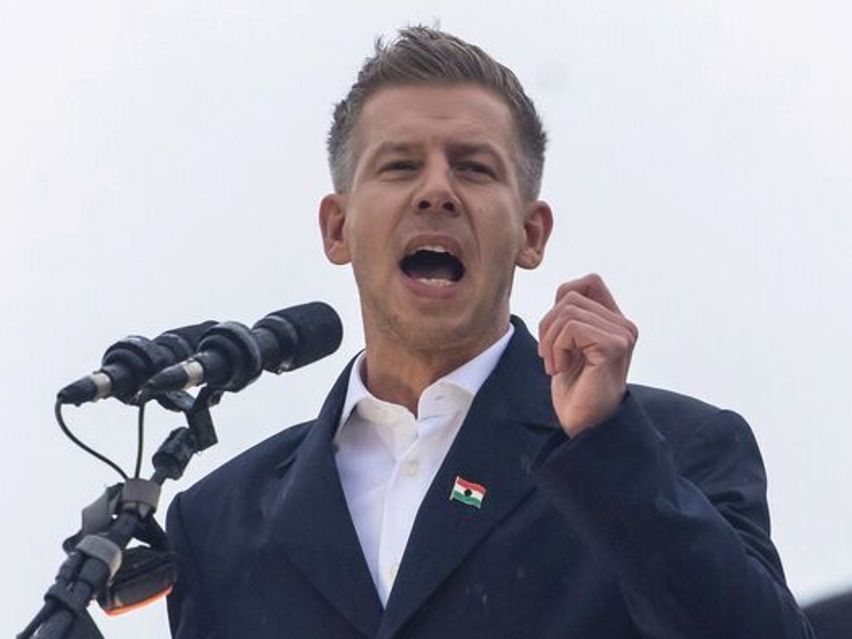
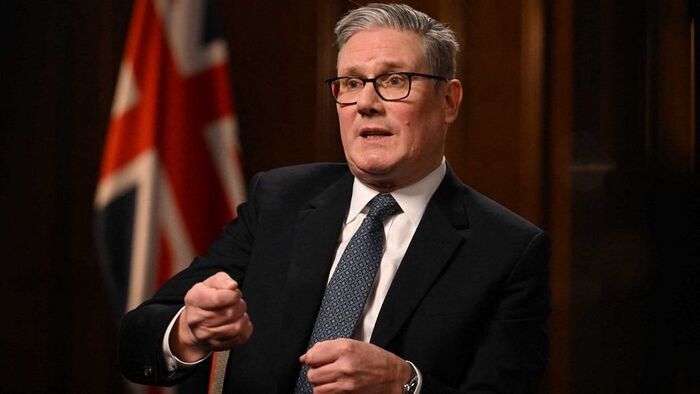



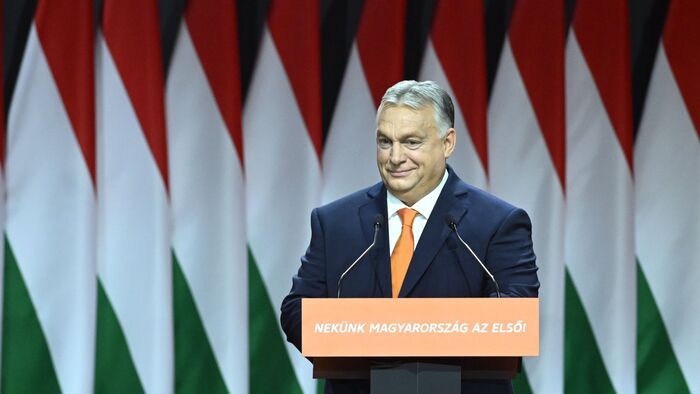
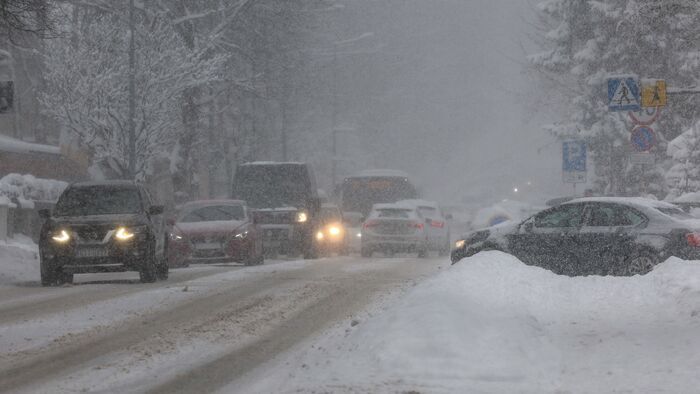








Szóljon hozzá!
Jelenleg csak a hozzászólások egy kis részét látja. Hozzászóláshoz és a további kommentek megtekintéséhez lépjen be, vagy regisztráljon!